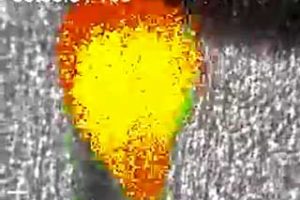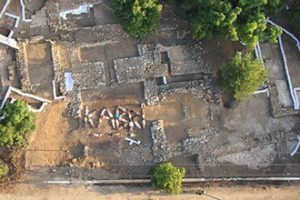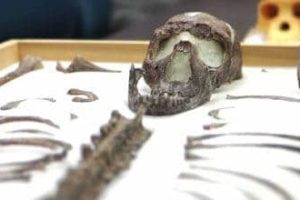george washington university
Sleep evaluation may help identify kids at risk for respiratory complications after tonsil surgery
Performing polysomnography (sleep study) prior to pediatric adenotonsillectomy (surgical removal of the tonsils and adenoids) may help identify children at a higher risk of developing postoperative respiratory complications, according to a report in…
Air flows in mechanical device reveal secrets of speech pathology
WASHINGTON, D.C., November 22, 2010 — From a baby’s first blurted “bowl!'” for the word “ball” to the whispered goodbye of a beloved elder, the capacity for complex vocalizations is one of humankind’s most remarkable attributes — and perhaps one we…
A chip off the early hominin tooth
Were our early mammalian ancestors vegetarians, vegans or omnivores? It’s difficult for anthropologists to determine the diet of early mammalians because current fossil analysis provides too little information. But a new method that measures the…
New Microprobe Shines Light Below Organ Wall Surfaces
Photonics and ultrasound engineering researchers from Duke University and The George Washington University have collaborated to design an optical scanner miniaturized enough to be inserted into the body, where its light beams could someday detect abnormalities hidden in the walls of the colon, bladder or esophagus. The experimental device, called an “electrostatic micromachine scanning mirror for optical coherence tomography,” is described in an article published in the April 15, 2003, issue of the research journal Optics Letters.






